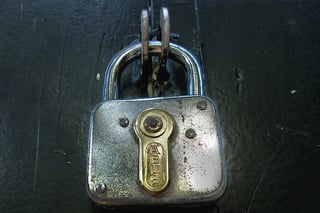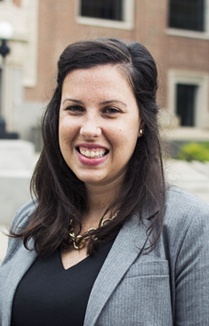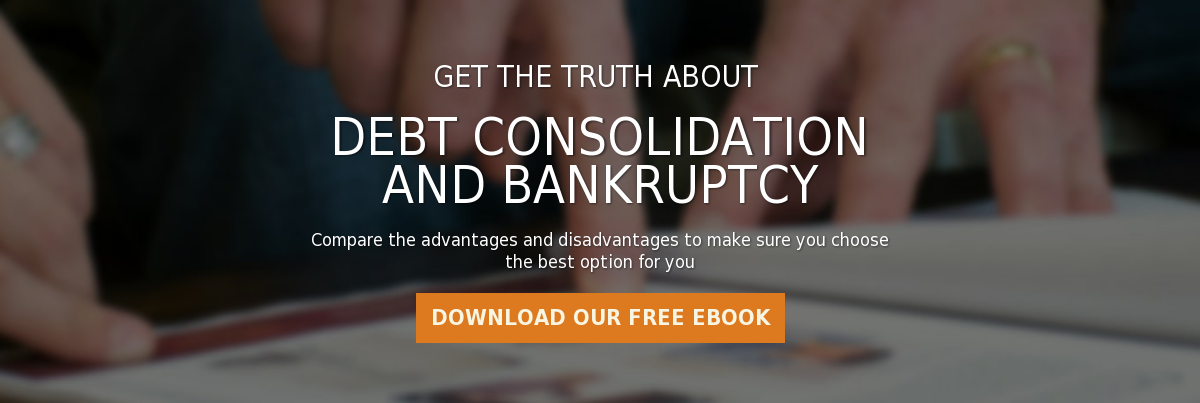 One of the most common points of confusion among potential clients who are considering filing bankruptcy in Minnesota is what types of debt can be discharged.
One of the most common points of confusion among potential clients who are considering filing bankruptcy in Minnesota is what types of debt can be discharged.
“Is all my debt eligible?”
"What about my house and car?”
“Can I get rid of my student loans?”
“Is there anything you can do about my hospital bills?”
“I have a huge utility bill – can I file for that?”
What many people don’t realize is that not all debt is the same and, as such, not all debt can be discharged with bankruptcy, regardless of the type of Minnesota bankruptcy you file.
The difference between secured and unsecured debt
For the purposes of bankruptcy in Minnesota, there are three kinds of debt: secured, unsecured and priority.
Secured debt is debt that is tied to an asset, known as collateral. The collateral “secures” the debt: if you default on a secured line of credit, the creditor can foreclose, repossess, or otherwise recoup their losses from the asset. The most common types of secured debt that most people have are their mortgage (secured by their home) and their vehicle loan (secured by the car or truck).
Unsecured debt, on the other hand, is just that: debt that is not tied or “secured” by an asset. Credit cards, for instance, are a line of credit extended based on your credit score and other information that tells creditors the likelihood of repayment – extending credit in this fashion is more of a gamble from their perspective. There are many types of unsecured debt, but the most common are major credit card balances, retail store accounts, hospital bills, utility bills, and student loans.
Priority debt is owed to creditors that, in Congress’s judgment, should be given preference in the event there is money in the bankruptcy case to distribute to creditors. Priority creditors include taxes, child support, and unpaid wages owed to employees. For the most part (and there are some exceptions) priority debt cannot be discharged in a chapter 7 bankruptcy case.
Only unsecured debt can be discharged with bankruptcy. With the exception of student loans which can only very rarely be discharged in extreme cases, whatever unsecured debt is listed on your bankruptcy petition is eligible for discharge.
The average waiting period for debt discharge
Once your bankruptcy petition is filed with the court, you will be required to attend a 341 meeting of creditors. At the meeting, you, your attorney, the Trustee, and any of your creditors will meet and review your petition. You will be asked basic questions about your finances and whether your petition is true, complete, and accurate.
When your 341 meeting is finished, the waiting period for your debts to be discharged depends on what type of bankruptcy you filed.
In a Chapter 7 Minnesota bankruptcy, the unsecured debt listed on your petition can be discharged 60 days after your 341 meeting – or about 90 to 120 days after your case is filed. Once your debt is discharged, it’s gone forever!
Chapter 13 Minnesota bankruptcy, on the other hand, is much different. Unlike Chapter 7 bankruptcy, where your debts are forgiven without ever making a payment, Chapter 13 is based on a structured repayment plan. The payment amounts are based on what you can afford and the time-period for repayment varies from 3 to 5 years. At the end of your repayment period, your remaining unsecured debt is discharged.
Getting approved for credit after filing for bankruptcy
After filing for bankruptcy, you may find it difficult to obtain credit. Part of the reason is your credit score that, for the same reasons you needed to file bankruptcy, has likely been falling steadily for some time.
With other bankruptcy law firms, once your debt is discharged it is up to you to figure out how to raise your credit score, alone. At Kain & Scott, however, we know that without a solid credit score your new financial beginning is only half complete: that’s why we proudly offer our clients a Free 90 Day Credit Repair Program. Our Program is designed to teach you the skills you need to raise your credit score and obtain financing for your family from our list of trusted Minnesota lenders.
Erase your unsecured debt with Minnesota’s oldest bankruptcy law firm
If you’re ready to erase your unsecured debt with Minnesota bankruptcy, there’s no better time than now – the faster you file for bankruptcy, the faster your debt will disappear! To get started erasing your unsecured debt today, visit us online at www.kainscott.com to schedule your free initial consultation. Don’t forget to ask about our Free 90 Day Credit Repair Program and how our convenient services—like filing for bankruptcy in the comfort of your own home—can make your bankruptcy fast and easy!



